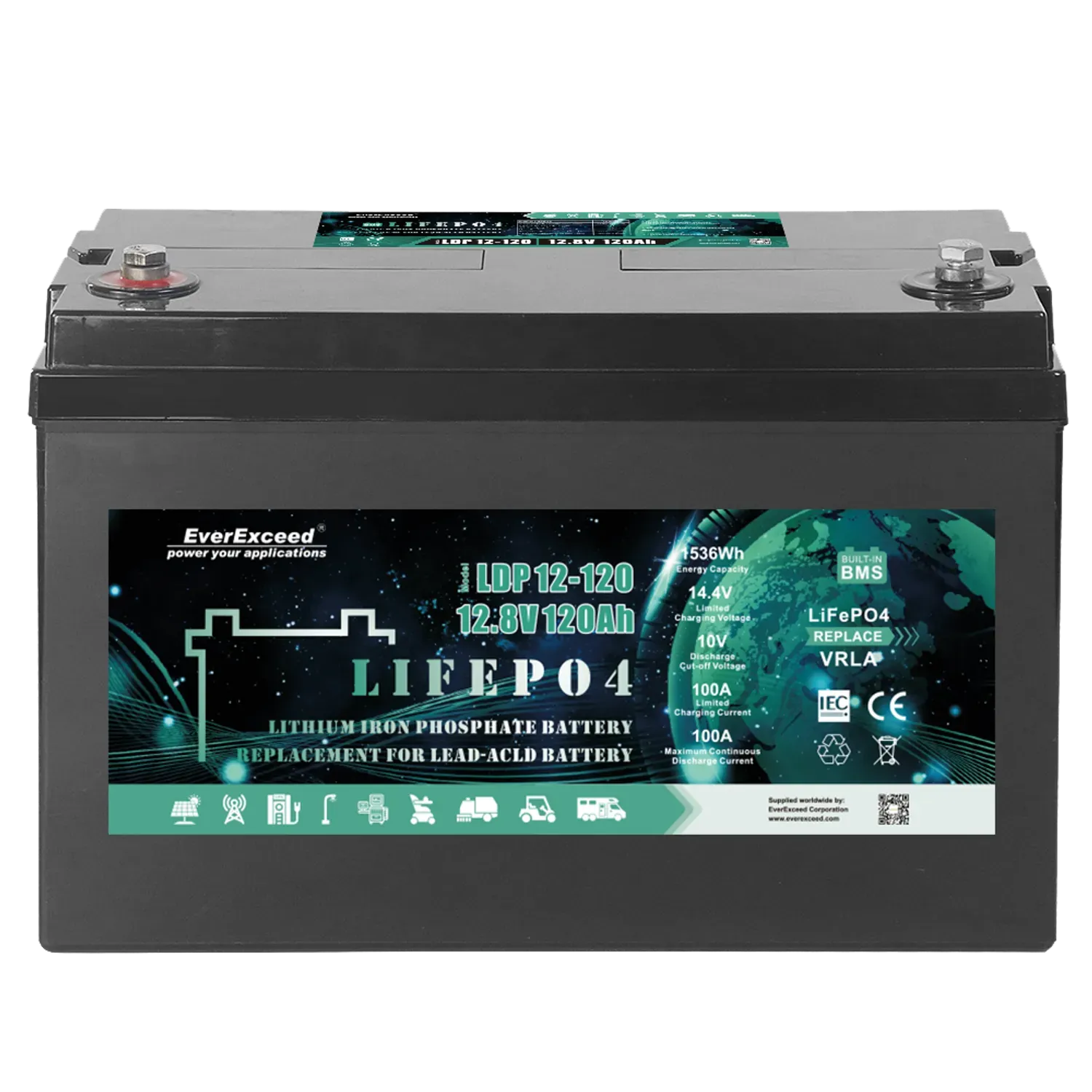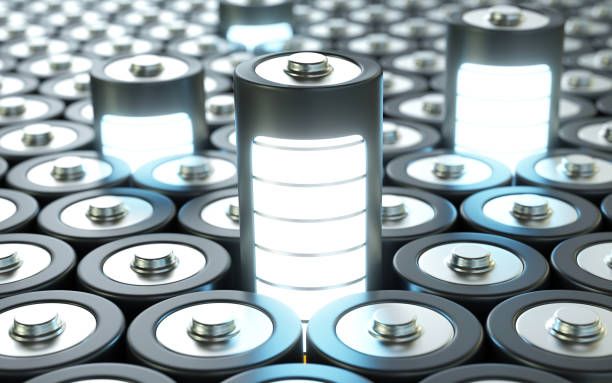
Get a Quote
Is LiFePO4 Better than AGM?
In the world of battery technology, choosing the right type of battery can significantly impact performance, longevity, and overall user satisfaction. Two of the most popular options today are LiFePO4 (Lithium Iron Phosphate) and AGM (Absorbent Glass Mat). This article delves into the comparison of these two battery types, addressing the key question: Is LiFePO4 better than AGM? By the end, you'll have a clearer understanding of which battery might be best suited for your needs.
Understanding LiFePO4 Batteries
What is LiFePO4?
LiFePO4, or Lithium Iron Phosphate, is a type of lithium-ion battery replacing the lead-acid battery, renowned for its outstanding safety, stability, and long service life. Unlike other lithium-ion batteries, LiFePO4 batteries have a much lower risk of overheating and catching fire. This safety feature makes them highly desirable in various applications, from electric vehicles to solar energy systems.
Key Advantages of LiFePO4
- Longevity: LiFePO4 batteries typically offer a lifespan of over 2000 cycles, often reaching up to 5000 cycles. This makes them an excellent long-term investment.
- Safety: Due to their chemical stability, LiFePO4 batteries are less likely to experience thermal runaway, which significantly reduces the risk of fire and explosion.
- Efficiency: These batteries boast a high energy density and efficiency, ensuring that more of the stored energy can be used.
- Environmental Impact: LiFePO4 batteries are more environmentally friendly than many other battery types, containing no toxic heavy metals.
Understanding AGM Batteries
What is AGM?
AGM, or Absorbent Glass Mat, is a type of lead-acid battery where the electrolyte is absorbed into a glass mat separator. This design helps to prevent spillage and makes the battery maintenance-free. AGM batteries have been widely used in automotive, marine, and backup power applications due to their durability and relatively lower cost.
Key Advantages of AGM
- Cost-Effectiveness: AGM batteries are generally cheaper upfront compared to LiFePO4 batteries, making them an attractive option for budget-conscious consumers.
- Durability: These batteries are known for their ability to withstand deep discharge cycles and have a moderate lifespan.
- Low Maintenance: AGM batteries are sealed and do not require water refilling, which reduces the maintenance burden.
LiFePO4 vs AGM: A Detailed Comparison
Lifespan and Durability
When comparing the lifespan of LiFePO4 vs AGM, LiFePO4 batteries clearly come out ahead. While AGM batteries can typically last between 300 to 500 cycles, LiFePO4 batteries can last thousands of cycles. This difference makes LiFePO4 a better option for applications requiring frequent cycling and long-term reliability.
Performance and Efficiency
In terms of performance, LiFePO4 batteries also have the edge. They offer higher energy density, meaning they can store more energy in a smaller size. Additionally, LiFePO4 batteries have a higher discharge rate and efficiency, allowing them to deliver more power when needed and charge faster. This efficiency is crucial in high-demand applications like electric vehicles and solar power systems.
Safety
Safety is a paramount concern with any battery technology. LiFePO4 batteries are renowned for their superior safety profile. They are much less likely to overheat, catch fire, or explode compared to AGM batteries. This is a significant advantage, especially in applications where safety cannot be compromised, such as in residential energy storage systems.
Environmental Impact
From an environmental perspective, LiFePO4 batteries are generally more eco-friendly than AGM batteries. They do not contain harmful heavy metals like lead, which is a significant environmental hazard associated with AGM batteries. Additionally, the longer lifespan of LiFePO4 batteries means fewer batteries are disposed of over time, reducing overall environmental impact.
Cost Considerations
Upfront Costs
One area where AGM batteries have a clear advantage is in upfront costs. AGM batteries are typically less expensive to purchase initially compared to LiFePO4 batteries. This cost difference can be a deciding factor for those with limited budgets or for applications where the long-term benefits of LiFePO4 are not as critical.
Long-Term Value
However, when considering the total cost of ownership, LiFePO4 batteries often prove to be more cost-effective in the long run. Their longer lifespan and lower maintenance requirements can offset the higher initial investment, making them a better financial choice over time.
Practical Applications: Which is Better?
Automotive Use
For automotive use, both battery types have their merits. AGM batteries are widely used in traditional internal combustion engine vehicles due to their lower cost and reliable performance. However, for electric vehicles (EVs), LiFePO4 batteries are becoming increasingly popular because of their higher efficiency, longer lifespan, and better performance.
Renewable Energy Systems
In renewable energy systems, such as solar or wind power setups, LiFePO4 batteries are generally preferred. Their high cycle life, efficiency, and safety make them ideal for storing energy generated from renewable sources. AGM batteries, while still used, are less efficient and have a shorter lifespan in these demanding applications.
Backup Power Systems
For backup power systems, such as those used in data centers or hospitals, reliability and longevity are crucial. LiFePO4 batteries offer the best performance in these scenarios due to their high cycle life and stable performance over time. AGM batteries, while reliable, do not match the long-term benefits provided by LiFePO4.
Conclusion
So, is LiFePO4 better than AGM? In many ways, the answer is yes. LiFePO4 batteries offer superior lifespan, safety, efficiency, and environmental benefits. They are particularly well-suited for high-demand applications where performance and longevity are critical. However, AGM batteries still hold value, especially in applications where upfront cost is a significant factor and the demands on the battery are less intense.
Ultimately, the choice between LiFePO4 vs AGM will depend on your specific needs and circumstances. If you prioritize long-term value, safety, and performance, LiFePO4 batteries are likely the better option. On the other hand, if initial cost and adequate performance are your main concerns, AGM batteries might be the way to go. Whichever you choose, understanding the strengths and weaknesses of each type will help you make an informed decision that best suits your requirements.
When it comes to high-quality energy storage solutions, EverExceed stands out as a leading manufacturer of both Lithium-ion and AGM batteries. With a commitment to innovation and excellence, EverExceed provides reliable, efficient, and safe energy storage options tailored to meet diverse needs. Whether you're looking to upgrade your renewable energy system, enhance your backup power infrastructure, or explore cutting-edge automotive battery solutions, EverExceed has the expertise and products to support your goals. Choose EverExceed for a sustainable and powerful energy future.


